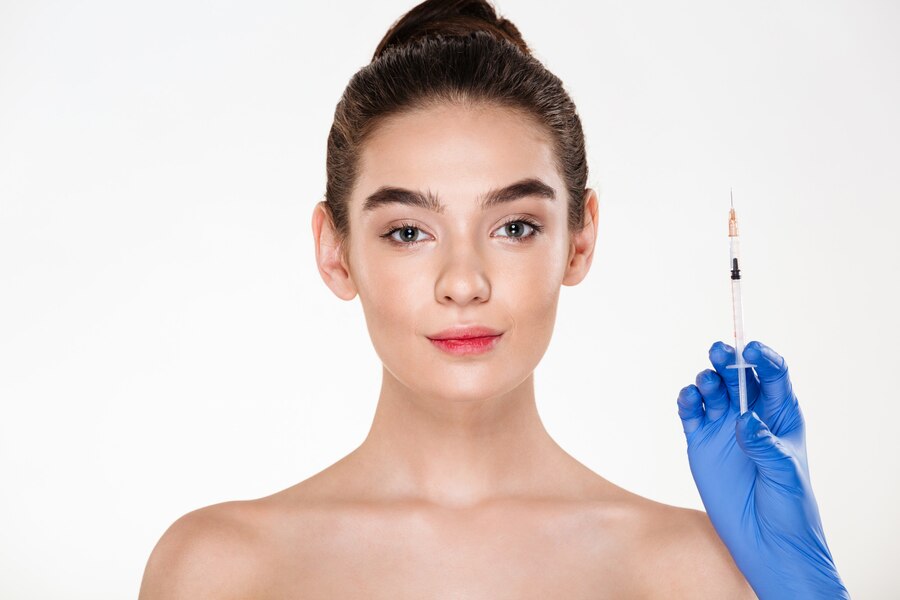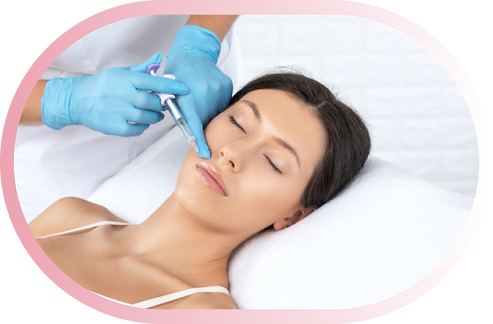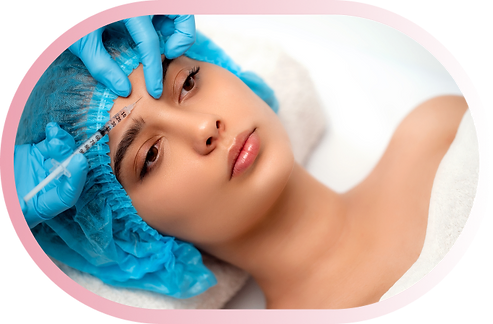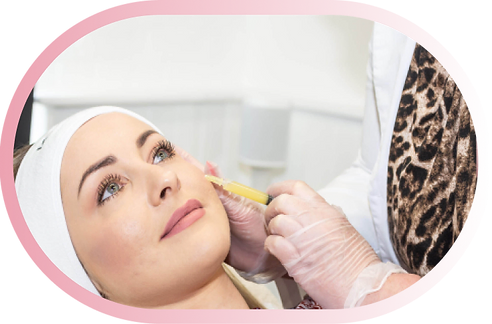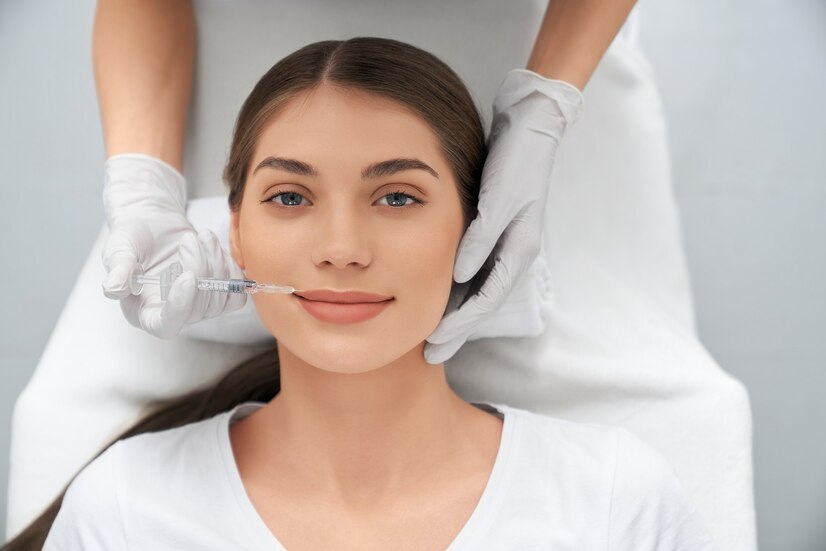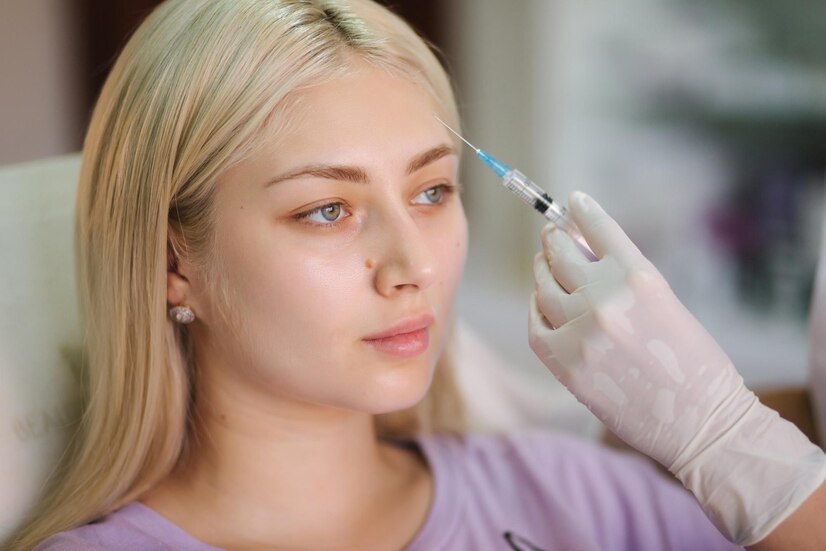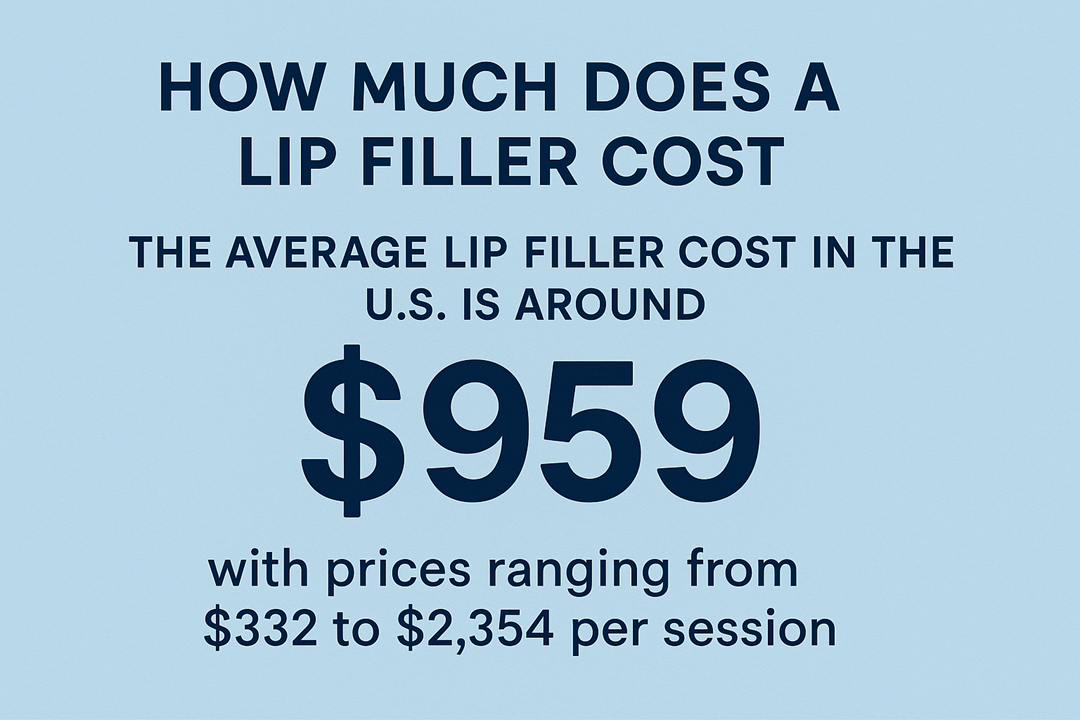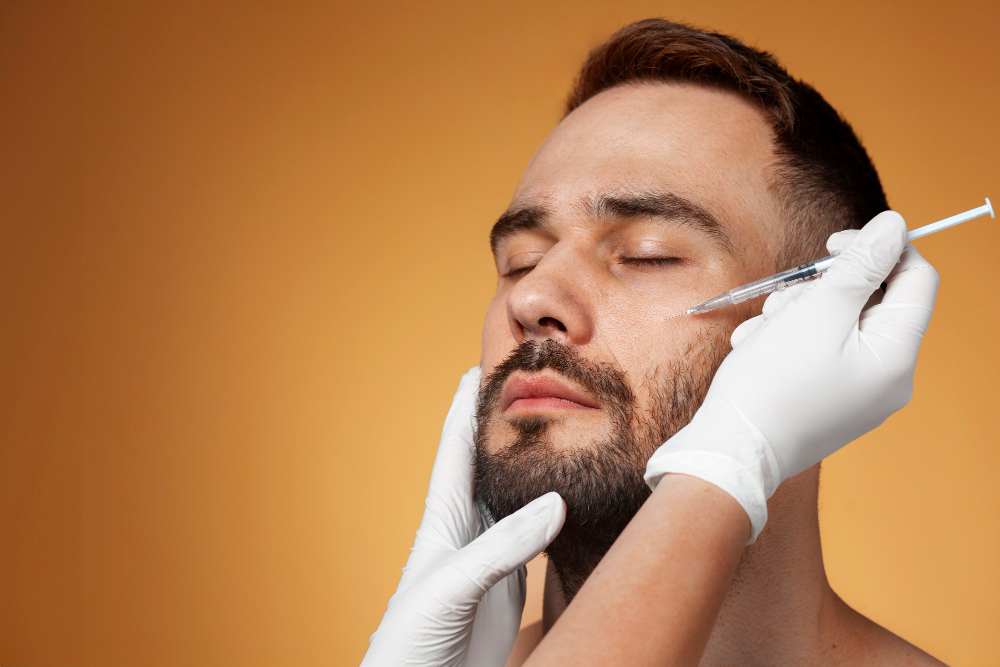For the ones aiming to lessen the appearance of brow wrinkles, Botox injections have come to be a broadly embraced and effective answer. However, earlier than scheduling an appointment, it is crucial to gain a comprehensive knowledge of what Botox involves, its mechanism, potential risks and benefits, and what to expect at some point of and after the method. This comprehensive guide covers the entirety you need to realize about Botox for brow wrinkles, starting from the clinical factors to figuring out appropriate candidates and making sure you are properly informed to make an apt choice. Whether you are considering Botox for the first time or are a seasoned veteran, this guide serves as your pass-to useful resource for all matters associated with Botox.
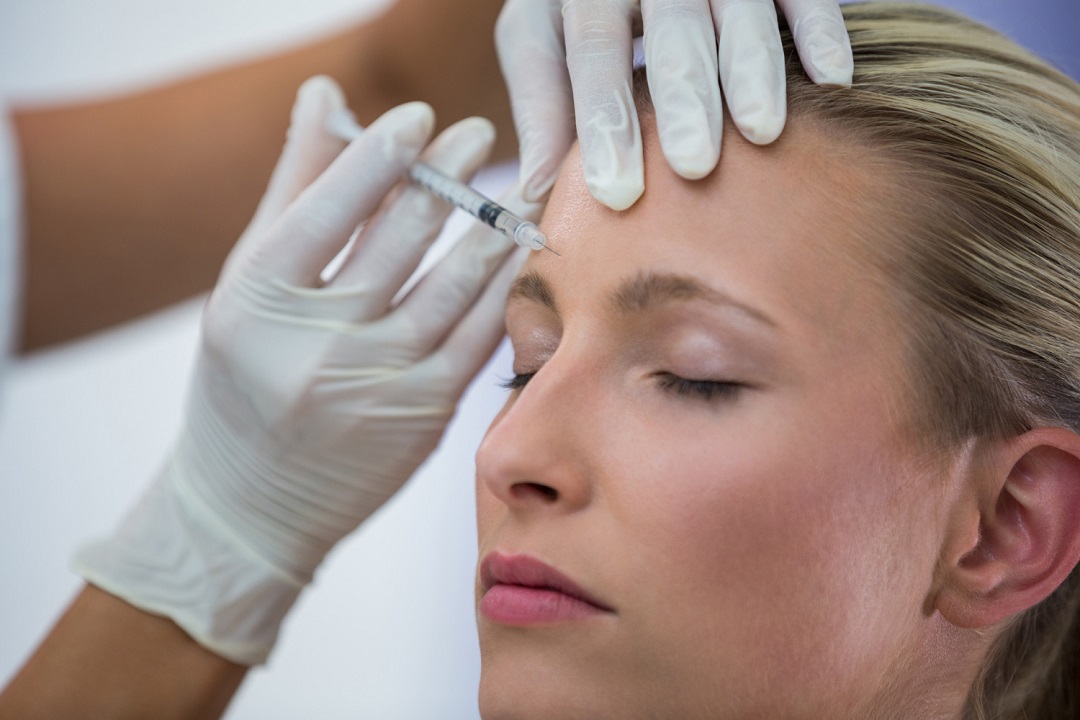
Key Takeaways:
- Botox is an effective treatment for brow wrinkles: Botox injections work by relaxing the muscular tissues accountable for forming brow wrinkles.
- Seek a qualified and experienced provider: It is crucial to choose a reputable and skilled healthcare provider for Botox treatments to ensure safe and effective results.
- Discuss potential side effects and realistic expectations: A thorough discussion with your provider about potential side effects and realistic outcome expectations is essential before undergoing Botox for forehead wrinkles.
Types of Botox Treatments
Various Botox treatments are available to target forehead wrinkles and other signs of aging. Understanding the options is vital in deciding the most suitable treatment for you. Here is a breakdown of traditional Botox injections, preventative Botox, and alternative neuromodulators:
Type of Botox Treatment Description
- Traditional Botox Injections Administered by a healthcare professional using a fine needle to target specific muscles responsible for causing wrinkles.
- Preventative Botox is Used proactively to prevent the formation of wrinkles by relaxing facial muscles before signs of aging appear.
- Alternative Neuromodulators Non-Botox injectables like Dysport and Xeomin reduce wrinkles and fine lines similarly to Botox.
Traditional Botox Injections
Traditional Botox injections effectively target forehead wrinkles and fine lines. Administered by a healthcare professional using a fine needle, this quick treatment with minimal discomfort yields results lasting 3-4 months before a touch-up is needed.
Preventative Botox
Preventative Botox is a proactive measure to prevent wrinkle formation. It is recommended for younger individuals in their late 20s to early 30s aiming to maintain a smooth and youthful appearance. Regular treatments help sustain preventative effects and minimize forehead wrinkles over time.
Alternative Neuromodulators
Alternative neuromodulators like Dysport injections and Xeomin offer options beyond Botox for reducing forehead wrinkles. A healthcare professional can guide individuals in choosing the most suitable option based on their needs.
Factors to Consider Before Treatment
Despite Botox’s popularity for treating forehead wrinkles, several crucial factors require consideration before proceeding with the treatment. These include:
Skin Type and Wrinkle Depth
Assessing skin type and wrinkle depth is crucial before Botox treatment for forehead wrinkles. Different skin types and wrinkle depths may necessitate variations in the treatment process. Consulting with a qualified practitioner helps determine the most effective Botox treatment plan.
Medical History and Potential Risks
Individuals’ risks associated with Botox treatment may vary based on medical history and current health conditions. Factors such as allergies, past reactions to similar treatments, and underlying health issues should be carefully evaluated before deciding on the procedure.
Selection of a Qualified Practitioner
Given the rising demand for Botox treatments, choosing a qualified and experienced practitioner is essential. The practitioner’s expertise and credentials significantly impact the safety and success of the treatment.
Step-by-Step Guide to the Botox Treatment Process
For those considering Botox treatment for forehead wrinkles, understanding the step-by-step process is crucial. Here is a comprehensive guide breaking down the treatment process:
Initial Consultation
The initial consultation with a qualified healthcare professional is a crucial first step. During this consultation, the company assesses the affected person’s medical history, discusses issues, and explains the Botox remedy technique. It additionally gives an possibility for the affected person to invite questions or deal with any worries.
The Injection Procedure
Consultation before the injection procedure is vital. The healthcare provider discusses specific treatment areas, the required Botox units, and expected results. The injection procedure involves using a fine needle to inject Botox into targeted muscles. Discomfort during the process is minimal and well-tolerated.
Aftercare and Follow-up
Aftercare is integral to the Botox treatment process. Patients are advised to avoid manipulating the treated area for the first 24 hours and refrain from strenuous exercise and excessive sun exposure to minimize complications. A follow-up appointment is scheduled for the healthcare provider to assess the results and make any necessary adjustments.
Tips for a Successful Botox Experience
- To ensure a successful Botox experience, follow these tips:
- Research and find a reputable healthcare professional for Botox injections.
- Be open about your medical history and medications.
- Adhere to pre and post-care instructions provided by your healthcare professional.
- Avoid touching or rubbing the injection site after treatment.
- Understand that multiple sessions may be needed, and be patient with the process.
Preparing for Your Appointment
Discuss expectations with your healthcare professional and understand potential outcomes. Avoid blood-thinning medications before the appointment to reduce bruising risks.
Maintenance and Touch-Up Sessions
Regular touch-up sessions, as recommended by your healthcare professional, are essential for maintaining Botox results. Communication about facial expressions or muscle changes is crucial for the longevity of results.
Pros and Cons of Botox for Forehead Wrinkles
When considering Botox for forehead wrinkles, weigh the advantages and potential downsides:
- Advantages Potential Downsides and Side Effects
- Effective in reducing forehead wrinkles Temporary side effects like redness and bruising
- Non-surgical with minimal downtime Possible headaches or flu-like symptoms
- Results lasting several months Potential for asymmetry or drooping
- Prevents deepening of wrinkles Cost of ongoing treatments
- Minimal discomfort during injection Rare but serious allergic reactions
Advantages include effectiveness, minimal discomfort, and prevention of wrinkle deepening. Downsides may include temporary side effects, potential asymmetry, and ongoing treatment costs.
Following this Comprehensive Guide to Botox for Forehead Wrinkles
While Botox is effective for minimizing forehead wrinkles, careful consideration is essential before deciding. From potential results and risks to find the right provider, this guide covers all necessary aspects. With proper research and consultation with a qualified professional, individuals can make informed decisions about whether Botox is the right choice for rejuvenating their appearance. Prioritize safety and realistic expectations when considering cosmetic procedures like Botox for forehead wrinkles.
Frequently Asked Questions (FAQs)
Q: What are forehead wrinkles and how can Botox help?
A: Forehead wrinkles are creases and lines developing over time due to aging, sun exposure, and facial expressions. Botox, a neurotoxin, temporarily paralyzes underlying muscles, smoothing the skin and reducing wrinkles.
Q: How long does Botox for forehead wrinkles last?
A: Botox effects typically last 3-4 months. Results may vary, and regular touch-ups are recommended for maintaining desired outcomes.
Q: What are the potential risks and complications of Botox for forehead wrinkles?
A: While Botox is generally safe, potential risks include temporary bruising, headaches, drooping eyelids, and rare allergic reactions. Consultation with a qualified provider is essential to minimize these risks.
Read More Related Post
How Many Units of Botox Do I Need?
How Many Units of Botox for Forehead?


